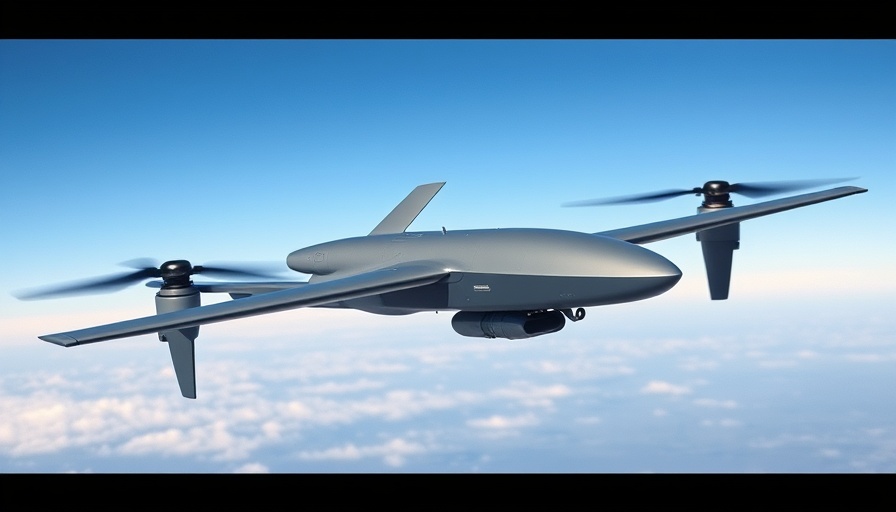
Forvia's Strategic Moves Amidst Trade Challenges
In the midst of escalating trade tensions between the United States and China, automotive supplier Forvia is seizing the opportunity to launch a series of innovative products at the Shanghai Auto Show. This event serves as a pivotal platform for the company to showcase its commitment to redefining the future of mobility through advanced technology and sustainable practices.
Innovation at the Forefront of Mobility
Forvia's CEO, Martin Fischer, has stated that the Auto Shanghai event is not merely a showcase of products but a glimpse into the future of mobility. The company is introducing cutting-edge tools and technologies that cater to changing consumer demands and stricter regulatory standards. Among these innovations is Forvia's EnergyCore, a transformative integration of power electronics and efficient battery management systems which is designed to enhance electric vehicle performance while streamlining production and operational costs.
Addressing Environmental Concerns
The auto industry's focus on sustainability is reflected in Forvia's initiatives. The advancements in exhaust systems demonstrate Forvia’s commitment to meeting regulatory emissions standards, as the company collaborates with various automakers to innovate technologies applicable to internal combustion, hybrid, and hydrogen-fueled vehicles. This is particularly critical as consumers and regulators alike place increasing pressure on auto manufacturers to reduce their carbon footprints.
Potential of Hydrogen Technology
An exciting highlight at this year’s show is Forvia's MultiCavity hydrogen storage system. This innovative technology connects composite storage vessels to a centralized valve, which presents a significant leap forward in hydrogen fuel management, offering potential cost savings and a reduction in CO₂ emissions by up to 35%. As nations push for greener energy alternatives, hydrogen fuel cell vehicles emerge as a key player in the automotive landscape. Forvia’s approach positions it favorably in a rapidly evolving market, hinting at the potential for widespread acceptance and adoption of hydrogen technologies.
Looking Toward the Future
The landscape for automotive suppliers like Forvia is continuously evolving, especially amid geopolitical tensions that threaten traditional supply chains. Companies are thus required to develop innovative solutions that are not only economically viable but also environmentally responsible. Forvia's efforts to innovate within the realms of battery management, emissions technology, and hydrogen solutions confirm its commitment to leading the charge for sustainable mobility.
Final Thoughts: Implications for the Industry
As Forvia pushes forward with its initiatives in China, the automotive and construction sectors must take note of the interconnectedness of technological innovation and environmental sustainability. For business owners, property developers, and facility managers, understanding these developments is crucial for informed decision-making in a competitive landscape that increasingly prioritizes sustainable practices.
This week, as the Shanghai Auto Show captures global attention, stakeholders must recognize that the race toward a more sustainable future in mobility is not only about technological innovation but also about ethical and responsible production methods that resonate with today’s health-conscious and environmentally aware consumers.
 Add Row
Add Row  Add
Add 




Write A Comment